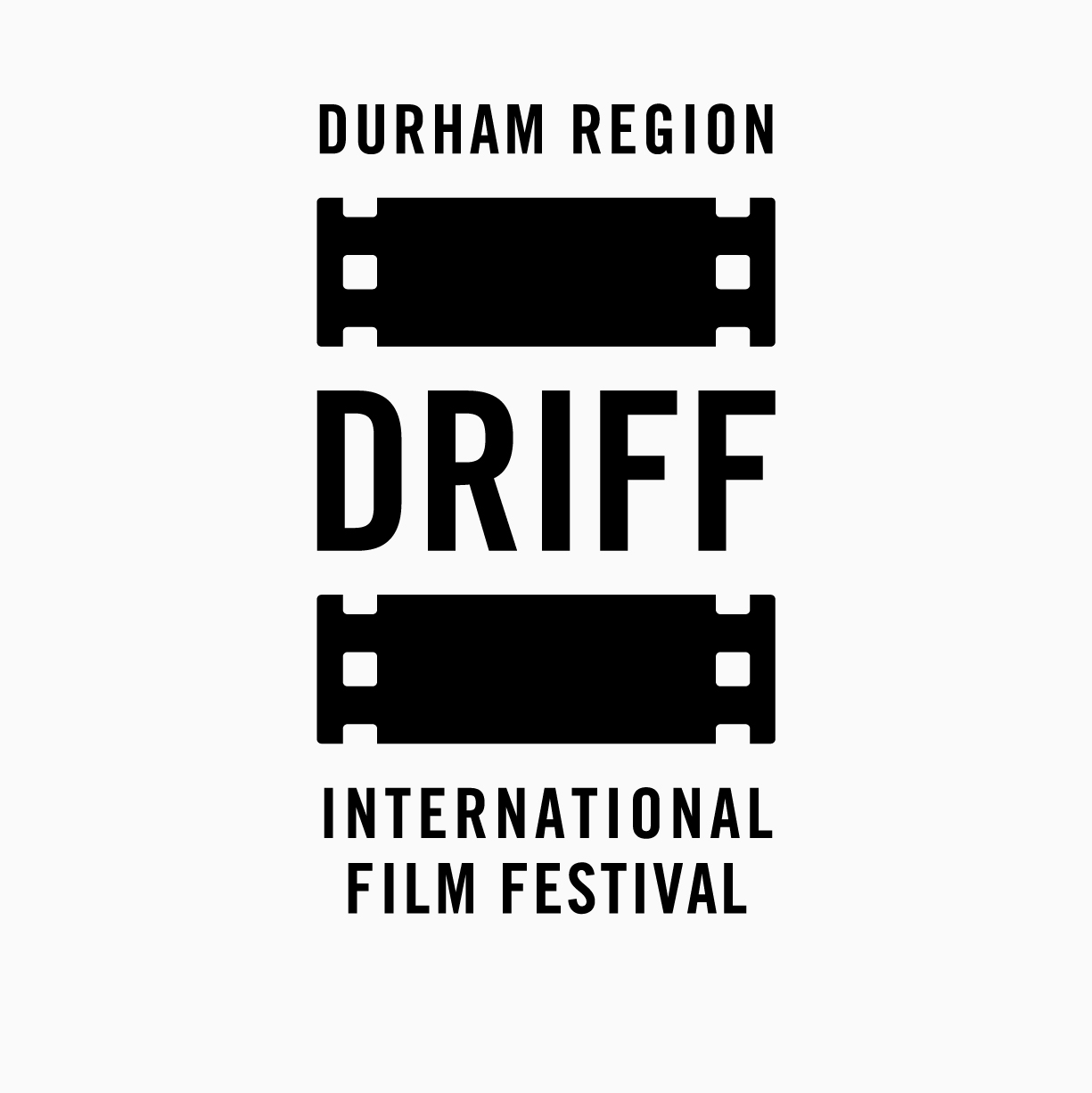Behind the Scenes with an Art Director
Ever wondered what it would be like working in the film industry? From pre- to post-production, there is something for everyone on set, in the edit suite, and beyond. Behind the Scenes brings you into the heart of the media arts industry, introducing you to career paths you may have never considered before or thought possible.
Behind the Scenes with an Art Director
Films are full of scenes that seem unreal, with bright colors and visuals that transport the viewer to various places. An Art Director brings the vision of the script to life and executes the plans of the designer on set. They manage many people under their team and ensure that the set creation process runs as smooth as possible.
DRIFF was fortunate enough to score an interview with Art Director DW Martel, who has worked on both films and TV shows, and was able to leave us with a wealth of knowledge about his field and position. His career path was not always a straight one as he initially went to university for health sciences before switching to theatre and performance. After a few career changes, he decided to go back to film, but this time, from behind the scenes. Based on his current skills, he applied to the art department in the Director’s Guild of Canada, Ontario. He has been working his way up at an impressive rate, going from Trainee, to Coordinator, and finally to becoming an Art Director.
Many film enthusiasts might think that filming with a huge budget has the largest advantages. However, smaller budget films have their own advantages too since there are fewer moving parts as well as reduced demand or pressure for the show or movie. DW admitted that working with both film and television series showed him how different both kinds of projects can be. He told us, “There’s a significant difference between doing TV and film. With film, you’re going to do one script in four months. So, there is more time to plan, do some exploration, do more research.” This allows the Art Director to focus more on creating complex visual sets that have a more thought-out evolution in the process of making them.
DW described filming for television like “doing a mini movie every week.” He said, “When I start a show, I always like to start by breaking down the scripts. The last show I did, we got all six scripts. So, I was able to break down them down, understand the needs, and then do research.” When we asked the Designer to choose between the styles for their preference, DW gave an interesting answer. “Film is nice because you get one script for the duration of the whole show . . . you have a little more time to play and explore. TV is fun because you are making so many little projects. There’s so much on the go,” he explained. He went on to say, “I love the rush of TV because there it’s nonstop, but I also like the flow of film because there is just that length of time to create.”
When asked about his day to day, DW implied that no days were the same. “There’s the prep stage, and then the shooting stage,” he said. The prep stage includes being in meetings with the designer, scouting locations, and planning or building the set. As he talked about his day, DW mentioned how exhilarating conceptualizing the project is for him. He told us, “My favourite part of the job is once I break down the script, the next step is to bring all of the required elements to life.”
One of the challenges he mentioned as an Art Director was the surprising amount of red tape and clearance, he needs to break through to create his designs. The legal department needs to approve all the designs before they are permitted to be used on set so that films can avoid being sued by anyone, a problem which has occurred often in the past. Art departments will often have to design labels and other items just for the film. “It can be inspired by something, but it can’t be a replica,” DW pointed out, “If you are filming a fast-food joint, you can’t make it look like we’re going to McDonald’s. You can’t use the same M, can’t have the same color tone. It’s got to be different. You can’t replicate it exactly the same.”
So, how does an aspiring film enthusiast get into the industry? The answer to this is joining guilds or unions. Within film, these guilds allow the new members to have access to training programs and firsthand experience in distinct roles in the department. It also allows the members to get better benefits, better pay, and have a better safety net in place. For all those future Art Directors out there, DW said that the best advice he can give is for folks to learn all the trades and departments and to acquire as many skills as the person can. This allows for flexibility in the role and allows the person to have a smoother communication channel between the departments.
DRIFF gives a warm thanks to DW Martel for taking the time to let us dive deeper into his role in the film industry. And we will close this article off with one piece of advice that he said he once received: “Keep dreaming and dream big!”
-
Amna Alvi is a writer from Southern Ontario.
-
Want to become part of a local film community or attend a film festival near you? The Durham Region International Film Festival’s events include an annual fall film festival in Durham Region, summer drive-in movie screenings in Whitby and DRIFF in a Jiff short film screenings in Oshawa. Visit driff.ca, become a DRIFF insider or follow us on social media at @catchthedriff for all the details.

